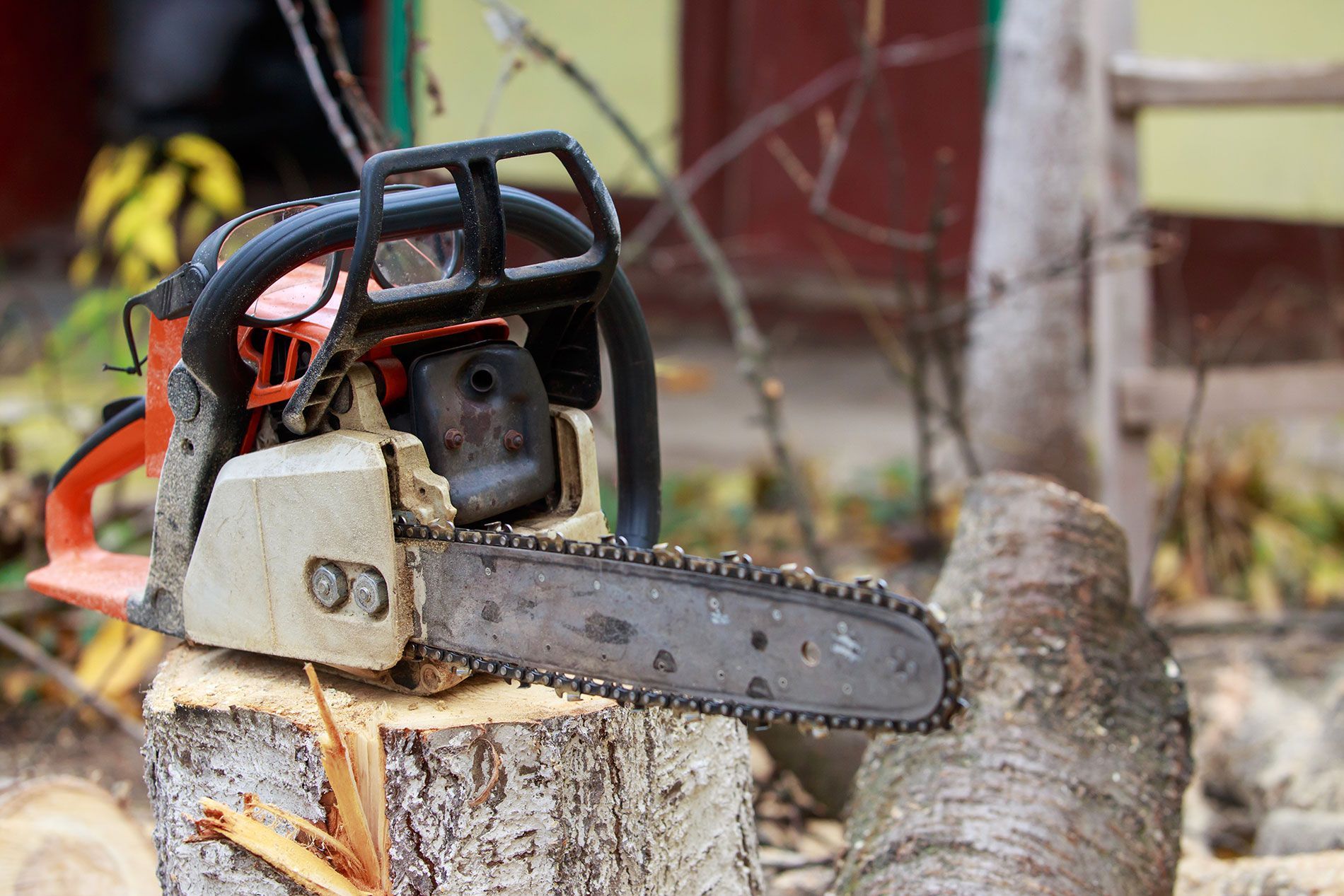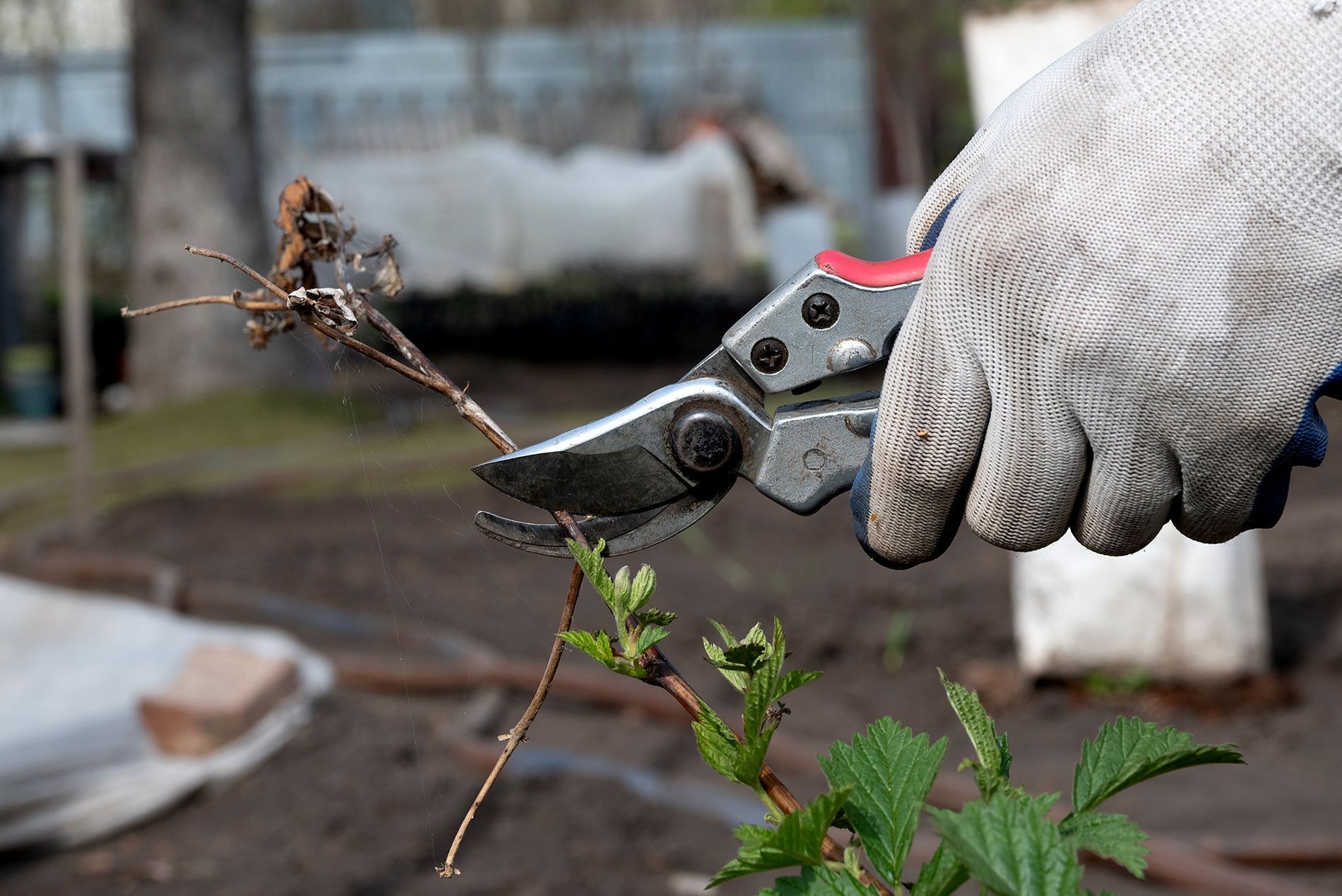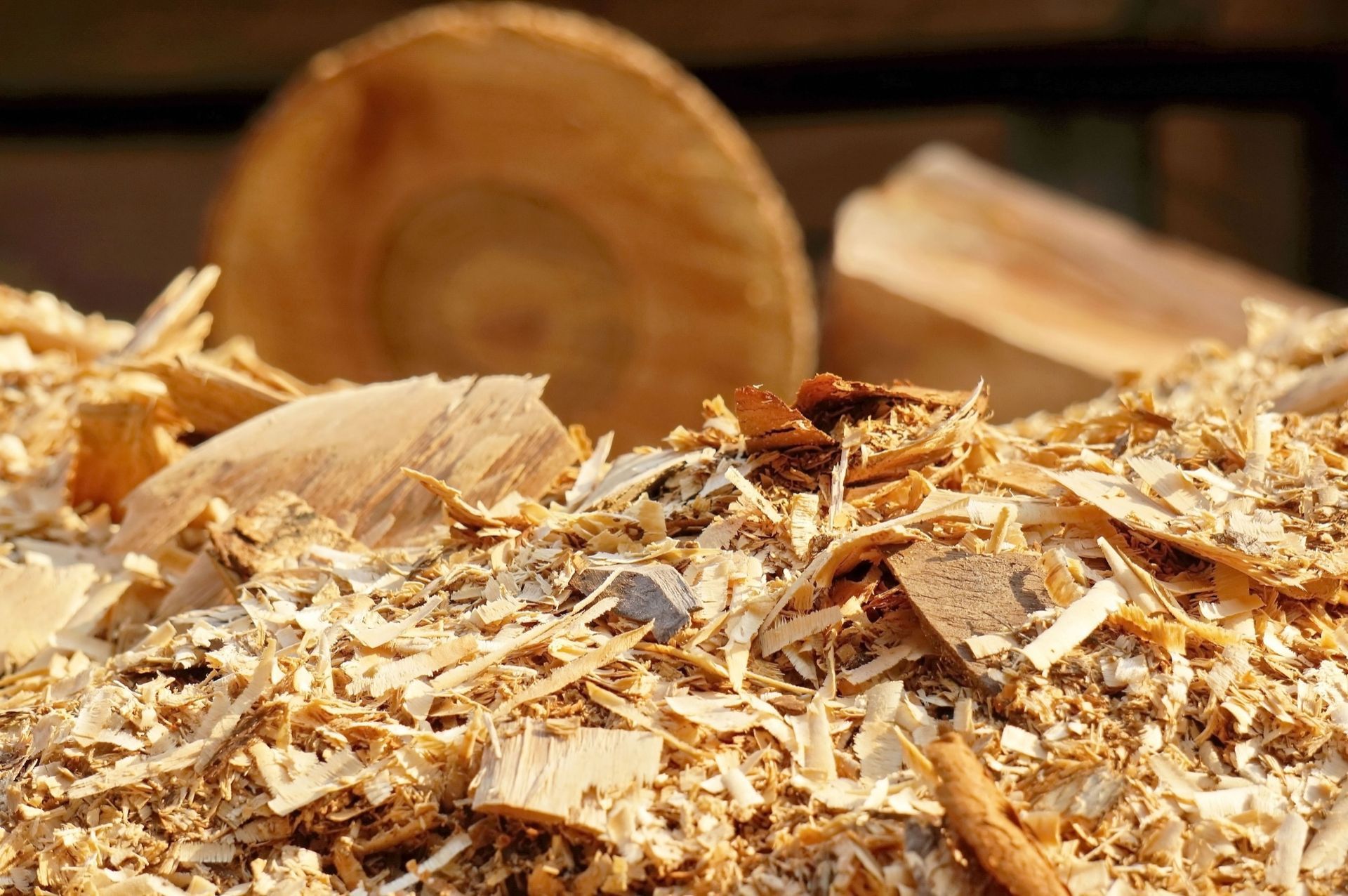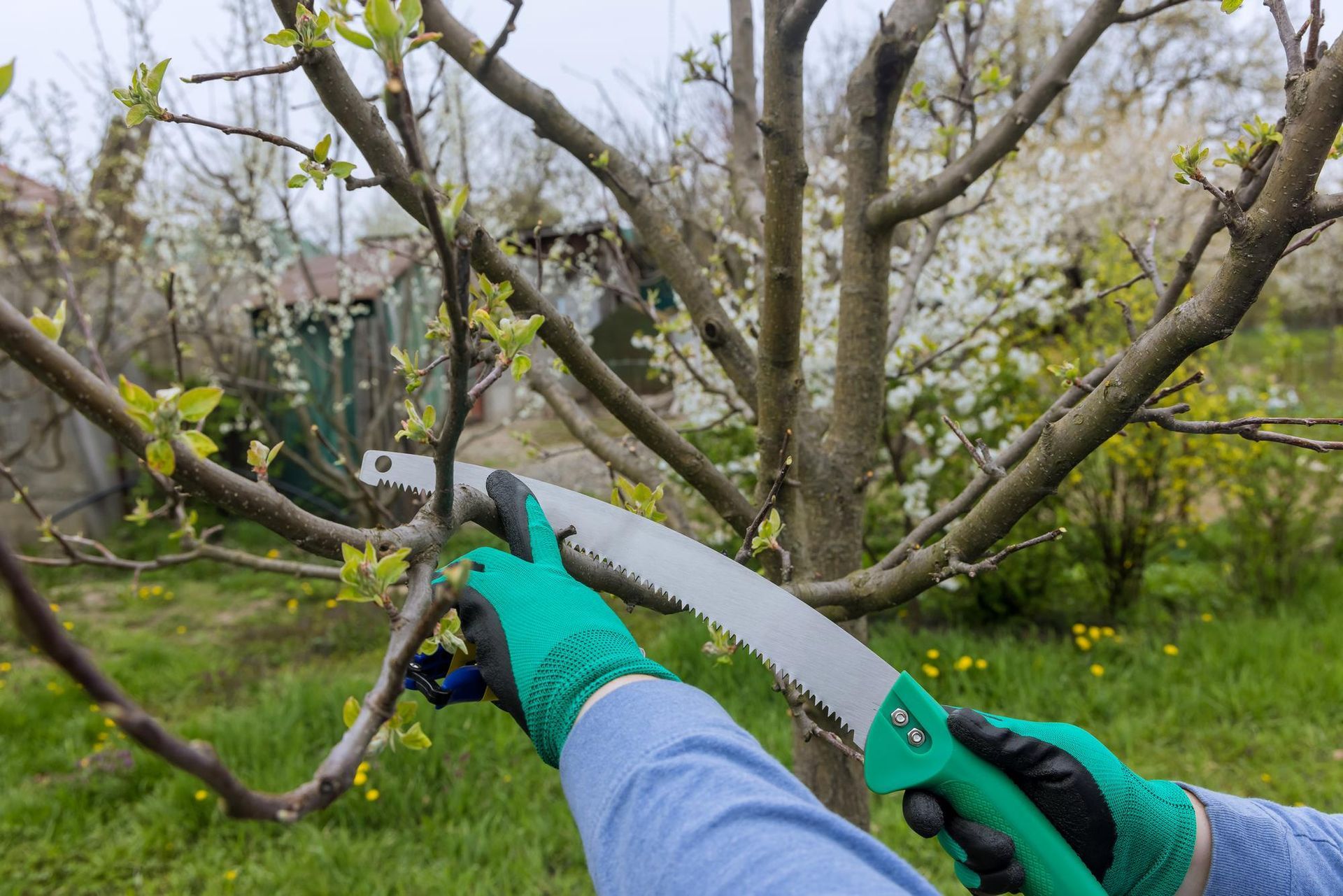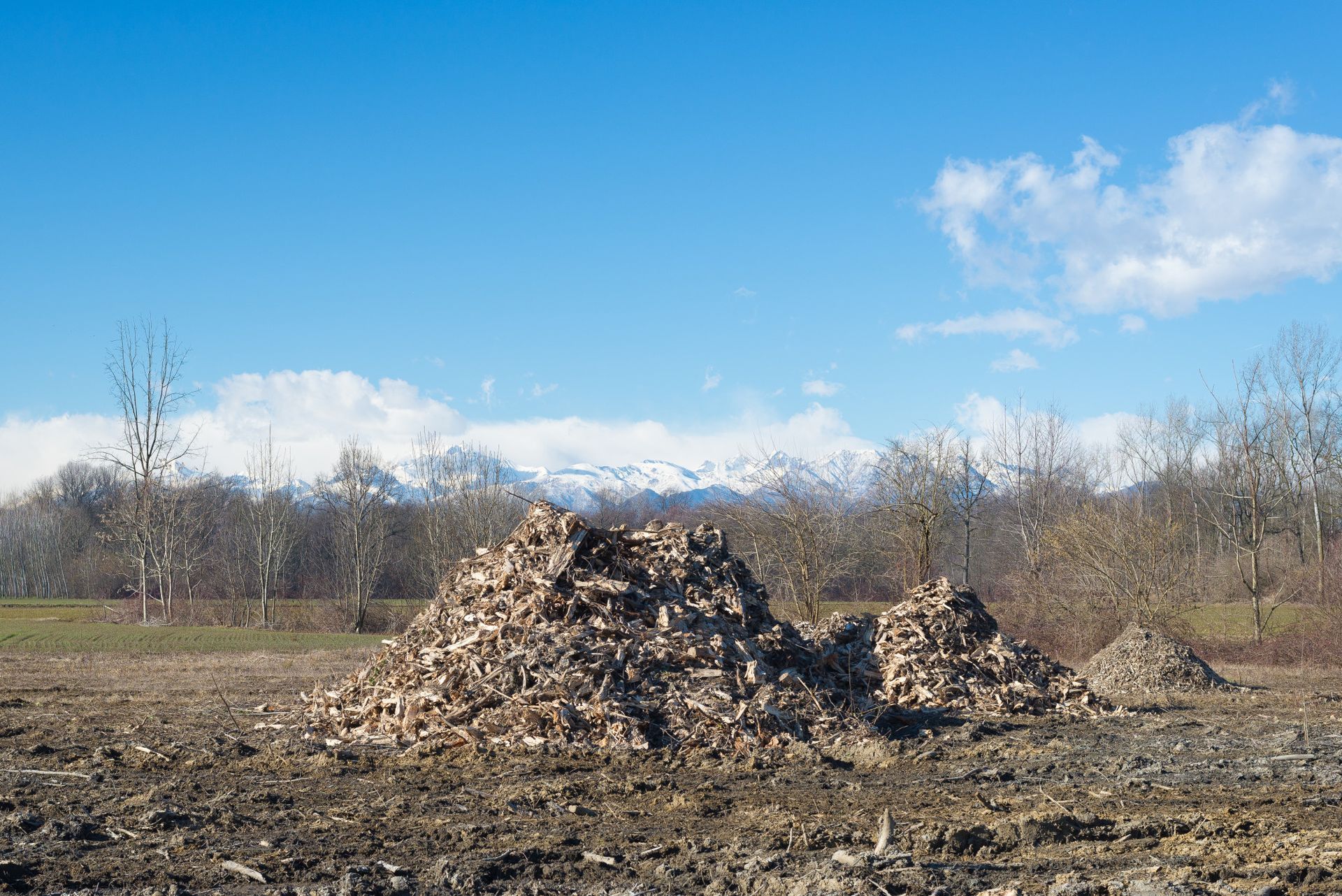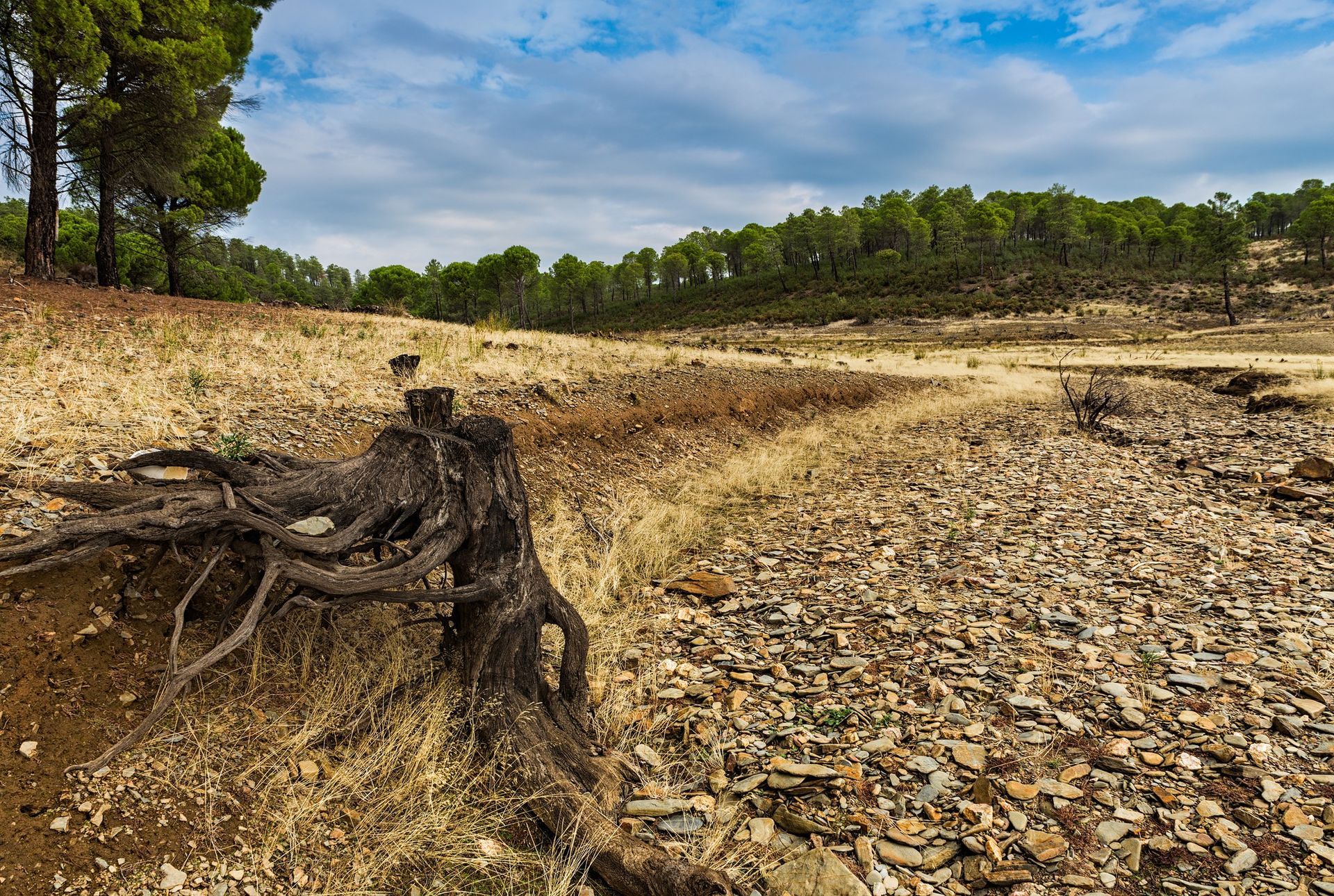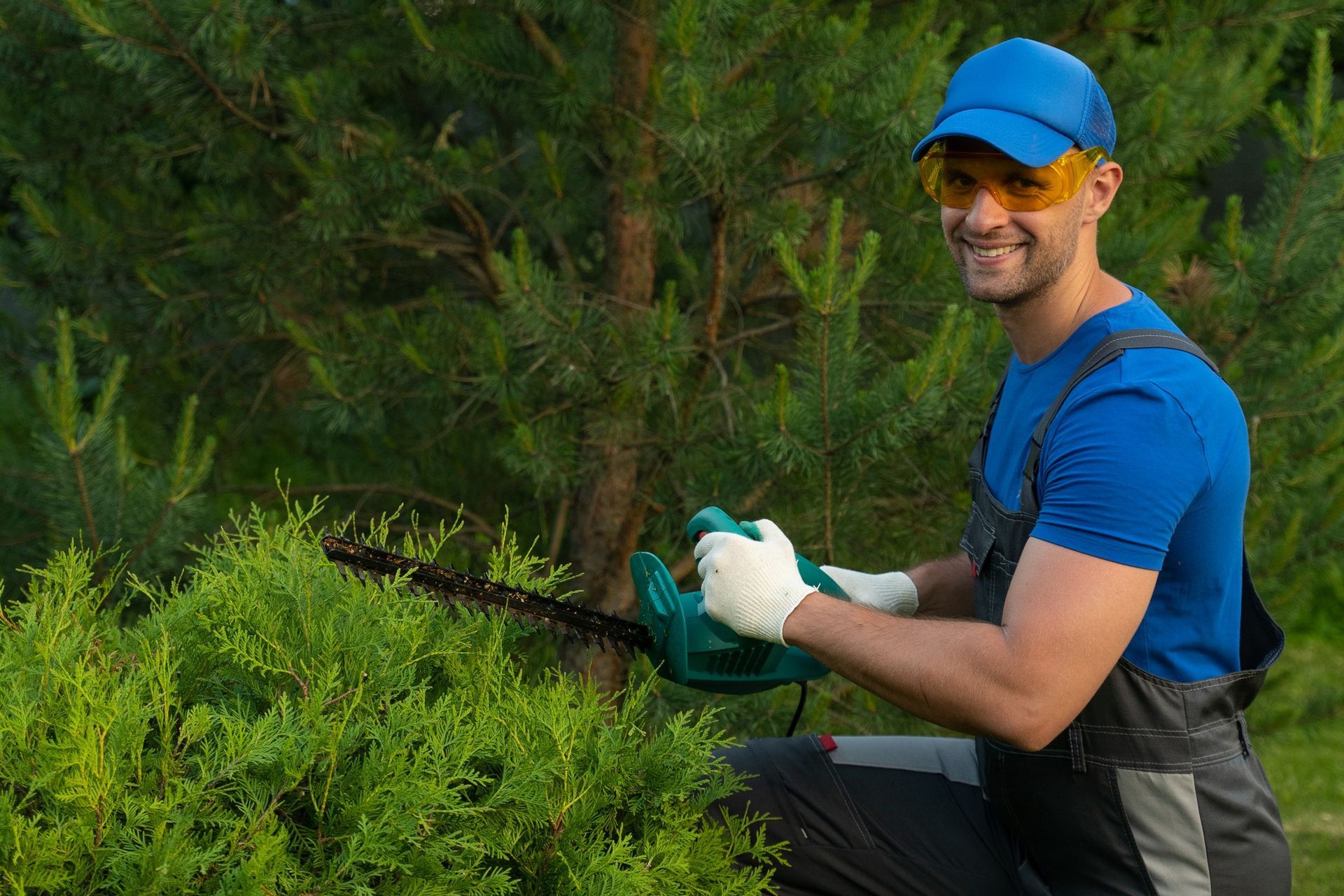Unlock the Secrets of Tree Fertilizer: A Comprehensive Guide to Nourishing Your Greenery
Tree fertilizer plays a pivotal role in nurturing the health and growth of trees, which are fundamental components of ecosystems and landscapes. These majestic green giants contribute significantly to environmental stability, offering habitats for wildlife, purifying the air by absorbing carbon dioxide, and providing shade and cooling effects in urban areas. Just as a balanced diet is crucial for human health, the right tree fertilizer ensures that trees receive the essential nutrients they need to thrive. This comprehensive guide delves into the intricacies of tree nutrition, exploring how different types of fertilizers can meet the varied needs of trees at different stages of growth and in diverse environments. From understanding the science behind tree fertilizers to mastering application techniques and recognizing the signs of nutrient deficiencies, this article will equip you with the knowledge to effectively care for your greenery, ensuring their vitality and longevity.
Understanding Tree Nutrition
Understanding the basics of tree biology is essential for comprehending how trees absorb nutrients, a process critical for their growth and health. Trees draw water and nutrients from the soil through their roots, which then transport these essentials to various parts of the tree via the xylem. Among the nutrients, Nitrogen (N), Phosphorus (P), and Potassium (K) - collectively known as NPK - are the primary macronutrients vital for tree health. Nitrogen is crucial for photosynthesis and leaf growth, Phosphorus supports root development and energy transfer, and Potassium aids in overall cellular function and disease resistance. In addition to these, trees also require micronutrients in smaller quantities, such as Magnesium, Calcium, and Iron, each playing a unique role in tree physiology.
Signs of nutrient deficiencies in trees can be quite visible; yellowing leaves may indicate a lack of Nitrogen, while stunted growth and poor root development could suggest a Phosphorus deficiency. Potassium shortages often present as leaf edge browning or scorched appearances. Recognizing these signs is the first step in addressing nutrient imbalances and ensuring the health and vitality of trees.
The Science of Tree Fertilizers
When it comes to tree fertilization, understanding the types of fertilizers available is crucial for making informed decisions. Organic fertilizers, derived from natural sources such as compost, manure, and bone meal, release nutrients slowly as they break down, providing a sustainable, long-term nourishment option. Synthetic fertilizers, on the other hand, are manufactured with specific nutrient ratios and offer a more immediate nutrient supply to trees. The choice between slow-release and fast-release formulations further allows for tailored nutrient delivery; slow-release fertilizers gradually provide nutrients over time, reducing the risk of over-fertilization, while fast-release options are ideal for addressing immediate nutrient deficiencies.
The form of the fertilizer—liquid, granular, or spike—also plays a significant role in its application and effectiveness. Liquid fertilizers are easily absorbed and act quickly, making them suitable for fast nutrient boosts. Granular fertilizers are spread over the soil and slowly absorbed, offering sustained feeding. Spike fertilizers, inserted into the ground near the tree's drip line, provide a direct, slow-release nutrient source to the root zone, minimizing wastage and runoff. Each form has its unique benefits and applications, allowing for customization based on the specific needs of the tree and the soil conditions.
Assessing Your Tree's Fertilizer Needs
Soil testing is a pivotal step in tree care, offering insights into the soil's nutrient composition and pH level, which are critical for selecting the appropriate tree fertilizer. By understanding what the soil lacks or has in excess, you can tailor your fertilization strategy to meet the specific needs of your trees. Testing can be done through DIY soil test kits or by sending soil samples to a laboratory for a more comprehensive analysis.
Choosing the right type and amount of fertilizer depends heavily on the tree species, its age, and the current soil conditions. Young trees, for instance, have different nutritional requirements compared to mature trees, and fruit-bearing trees might need more of certain nutrients to support fruit production. The soil test results guide this decision-making process, ensuring that the trees receive the exact nutrients they need for optimal growth and health.
Seasonal considerations also play a crucial role in fertilizing trees. Spring fertilizing supports new growth and helps trees recover from winter dormancy, while fall fertilizing prepares trees for the cold months ahead, focusing more on root development and overall health rather than top growth. Timing your fertilization efforts according to the season ensures that trees utilize the nutrients efficiently, promoting their vigor and resilience.
Application Techniques and Best Practices
Proper application of fertilizer to trees is essential for their health and the environment. Broadcasting, where fertilizer is spread evenly across the soil surface around the tree's drip line, is a common method that allows nutrients to infiltrate the root zone gradually. Deep root feeding involves injecting fertilizer directly into the soil around the tree's root zone, providing a more targeted nutrient supply. Foliar spraying, applying liquid fertilizer directly to the leaves, offers a quick nutrient boost, particularly effective for addressing micronutrient deficiencies.
Safety measures, such as wearing protective gear and following the manufacturer's instructions, are crucial to prevent harm to oneself and the environment. It's also important to consider environmental factors, like the potential for runoff into waterways, and to use eco-friendly fertilizers whenever possible.
Avoiding common fertilizing mistakes is key to tree health. Over-fertilizing can lead to nutrient imbalances, potentially harming the tree and surrounding ecosystem. Applying fertilizer at the wrong time, such as late in the growing season, can stimulate new growth that may not withstand winter conditions. Understanding the specific needs of your trees and adhering to recommended practices ensures effective fertilization without adverse effects.
Special Considerations for Young Trees vs. Mature Trees
Saplings and young trees have specific nutrient requirements that are crucial for their initial growth and development. During these formative years, a balanced fertilizer rich in phosphorus can encourage strong root development, while nitrogen supports vigorous foliage growth. It's important to apply fertilizers in moderation to avoid overwhelming the young trees, following guidelines based on soil tests and the specific needs of the tree species.
For mature, established trees, the focus shifts towards maintaining overall health and vitality. These trees often require less frequent fertilization, as their extensive root systems are capable of accessing nutrients from a broader area. However, they can still benefit from targeted fertilization to address any deficiencies or to provide support in stressed conditions, such as drought or post-injury recovery. The care for mature trees also includes regular monitoring for signs of nutrient deficiencies, proper watering, mulching to retain soil moisture, and periodic pruning to remove dead or diseased branches, ensuring their long-term health and structural integrity.
Organic Fertilization Options
Organic fertilizers offer numerous benefits for trees and the environment, primarily by enriching the soil with natural nutrients and improving soil structure. Unlike synthetic fertilizers, organic options release nutrients slowly, reducing the risk of over-fertilization and promoting sustainable growth. They also enhance the soil's ability to retain water and support the proliferation of beneficial microorganisms, which contribute to the natural nutrient cycle.
Homemade compost, made from kitchen scraps, yard waste, and other organic materials, is a highly effective and eco-friendly fertilizer option. Other organic fertilizers include bone meal, blood meal, and fish emulsion, each offering specific nutrients derived from natural sources. Incorporating organic matter into the soil can be as simple as spreading compost around the base of the tree or mixing it into the top layer of soil. This practice not only boosts fertility but also improves soil aeration, encouraging healthy root growth and enhancing the tree's ability to absorb nutrients. Adopting organic fertilization methods fosters a more natural, healthier environment for trees to thrive.
The Impact of Fertilizer on Tree Health and Disease Resistance
Proper nutrition plays a critical role in bolstering disease resistance and stress tolerance in trees. Just as a well-nourished body is better equipped to fend off illness, a tree with a balanced supply of essential nutrients can more effectively resist pathogens and environmental stresses. Adequate nitrogen, for instance, is key for vigorous foliage growth, while potassium strengthens the tree's overall resilience to drought, cold, and disease.
However, the relationship between fertilization and tree health is complex. Excessive or imbalanced fertilization can inadvertently make trees more susceptible to diseases. An overabundance of nitrogen, for example, can lead to rapid, weak growth that pathogens can easily exploit. Similarly, a deficiency in essential micronutrients can compromise a tree's immune system, making it more vulnerable to infections.
Understanding the nuanced needs of each tree, through soil testing and observation, allows for precise fertilization that supports robust health. By maintaining a careful balance of nutrients, trees can achieve optimal disease resistance and stress tolerance, ensuring their longevity and vitality in the landscape.
Fertilizing Trees in Different Settings
Fertilization practices for trees need to be adjusted based on their environment, particularly when comparing urban settings to rural or forested areas. Urban trees often face unique challenges, such as restricted root space, pollution, and heat stress, necessitating a more tailored fertilization approach to support their health and growth. In contrast, trees in rural or forested areas generally have access to a more natural, diverse nutrient supply from the surrounding ecosystem, potentially reducing the need for supplemental fertilization.
Fruit trees and ornamental species have their own set of considerations. Fruit trees require a careful balance of nutrients to promote healthy fruit production without compromising the tree's overall health. Over-fertilization, for instance, can lead to excessive vegetative growth at the expense of fruit yield. Ornamental trees, prized for their aesthetic qualities, may need specific nutrients to enhance their flowering or foliage coloration. Understanding the specific needs of these trees, based on their species and the local environment, is crucial for effective fertilization, ensuring they not only survive but thrive in their respective settings.
Conclusion
Understanding and implementing proper tree fertilization is paramount for the health and longevity of trees, whether they are part of a sprawling landscape, a compact urban setting, or a specialized orchard. Big Mountain Tree Service emphasizes the critical nature of this knowledge, advocating for practices that not only meet the immediate nutritional needs of trees but also contribute to their sustained vigor and resilience. Adopting sustainable fertilization practices is not just about enhancing the aesthetic appeal of trees; it's about fostering an environment where they can thrive, resist diseases, and withstand the stresses imposed by their surroundings.
Big Mountain Tree Service encourages all tree enthusiasts and property owners to consider the long-term well-being of their green assets. By choosing eco-friendly fertilizers, adhering to recommended application rates, and timing fertilization to align with trees' natural growth cycles, we can collectively ensure the health of our trees for generations to come. For expert advice and services, reach out to Big Mountain Tree Service at 406-261-2042, where the health of your trees is our top priority.
FAQs
-
What types of tree fertilizer are recommended?
Discover the differences between organic and synthetic fertilizers, and learn how slow-release, fast-release, liquid, granular, and spike formulations can meet the unique nutritional needs of your trees.
-
How do I know if my tree needs fertilizer?
Learn to identify signs of nutrient deficiencies in your trees, such as yellowing leaves or stunted growth, and understand the importance of soil testing in determining your tree's specific fertilizer requirements.
-
When is the best time to fertilize my trees?
Understand the optimal fertilizing seasons for various tree types and how to adjust your fertilization practices for young saplings versus mature trees to ensure year-round health and vitality.
-
Can over-fertilizing harm my trees?
Find out about the potential risks of over-fertilizing, such as nutrient burn and increased susceptibility to disease, and get tips on avoiding common fertilization mistakes.
-
How can I adopt sustainable fertilization practices?
Explore eco-friendly fertilization options, including the benefits of using organic fertilizers like homemade compost, and learn how to incorporate organic matter into your soil to enhance tree health and support the environment.
FAQs
Phone:
Business Hours:
Monday - Friday: 9 AM - 5 PM
